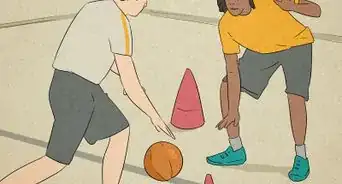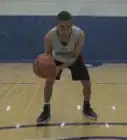This article was co-authored by Ryan Tremblay and by wikiHow staff writer, Eric McClure. Ryan Tremblay is a Basketball Coach and the Owner of National Sports ID and STACK Basketball. With over 30 years of experience, Ryan specializes in basketball coaching, social media marketing, and website design. Ryan created the National Sports ID as a platform to verify the age/grade of youth athletes and STACK Basketball to inspire young athletes to grow into mature individuals and basketball players. Ryan was a First Team All-Decade basketball player in Bergen County and finished in the top 20 all-time leading scorers in the county’s history with 1,730 points. He went on to Caldwell University on a basketball scholarship where he was part of three championship teams. Ryan was a two-time All-Metropolitan, All-State, and All-Conference point guard and the all-time three-point leader in the school’s history, landing him in the Caldwell University Athletic Hall of Fame.
There are 21 references cited in this article, which can be found at the bottom of the page.
This article has been viewed 63,618 times.
Basketball is one of the most popular team sports in the world, with dozens of countries producing world-class players through strong youth programs. With so many people embracing the sport around the globe, the need for coaches has never been higher. Becoming a basketball coach requires dedication and patience, but it has never been easier thanks to the wealth of resources at your disposal. Everyone has to start somewhere, but with enough hard work and focus, you could find yourself coaching in the big leagues one day!
Steps
Studying the Game
-
1Watch a lot of basketball to familiarize yourself with the game. If you want to become a coach, you’ll need to study the game like a coach. Pay close attention to how coaches manage the game clock, call time outs, and make substitutions. Professional coaches know how to track multiple elements of the game all at once, and you can learn a lot by simply observing what they do.
- College and high school basketball will be the best levels to study from a coaching perspective. NBA teams tend to rely on the actions and decisions of individual players, and coaches tend to have less of an impact on the game compared to high school or college teams.
- The college and high school seasons run from November through March. The NBA season runs from October through May.
- You’ll probably notice that coaches are usually on their feet, yelling instructions and making calls. Good coaches tend to be active, and rarely sit down during the game.
-
2Note any important decisions coaches make during games. Keep an eye out when substitutions and timeouts are called and try to figure out why the coach made that decision when they did. If the coach chooses any interesting matchups or plays, write that down too. You’ll notice that coaches try to take advantage of slower opponents by using smaller or quicker players. You’ll also see how coaches fill in gaps in a team’s skillset by playing specialists at certain points in the game.[1]
- 3-point shooters, defensive specialists, and high-percentage free throw players tend to see play at crucial junctions in a game when their skills are needed most.
Advertisement -
3Research different offensive and defensive strategies. Certain offensive and defensive schemes, like the motion offense or 2-3 zone, are embedded in the basic language of basketball. Start there before moving on to more advanced strategies. Once you understand the basics, you can study complex schemes like full-court defenses and triangle offenses. Being familiar with the common offensive and defensive forms is essential to understanding the vocabulary of basketball.[2]
- On the defensive side, you’ll want to familiarize yourself with the 2-3 and 1-3-1 zone defenses. These differ from man-to-man schemes by focusing on keeping each portion of the floor covered.
- Offensively, you’ll want to learn the motion offense, which is a common scheme that uses player movement to create openings for shooters.[3]
- Don’t worry about picking your strategies now. A lot of your big coaching decisions should be based on your players. Wait until you know their skill sets and temperaments before choosing your strategies.[4]
-
4Buy a specialized clipboard to design your own plays. Look for a whiteboard with a basketball court, or draw your own with permanent marker.[5] You can then use the board to map out different plays by drawing out circles where you want your players to go, and experiment with different designs and movements by imagining how your players could become open or move the ball. Add some defenders to your illustrations and consider how they’d move in response to your team’s movements.
- An important part of coaching is designing and implementing plays, and your ability to create and build on designed plays will be integral to becoming a successful coach.[6]
- Think about spacing when you design your offensive plays. The closer your players are to one another, the closer multiple defenders will be.[7]
- The first set of plays that you design will probably need a bit of work. That’s okay! Every great coach started somewhere.
-
5Ask experienced coaches for advice on how to start. Experienced coaches will be able to explain how to set rotations, assign positions, and choose offensive and defensive schemes. Every coach has a different philosophy, so you’ll want to soak up as many perspectives as possible. Try asking experienced coaches what advice they could have used early on in their coaching career, or if they have any tips for how to get started.[8]
- You’ll find coaches hanging around before and after their games. Be friendly as you introduce yourself and explain that you’re trying to become a coach. You can also find coaches to talk to online on forums and message boards.
- Coaches naturally enjoy giving guidance, and most of them will be more than happy to give you some feedback.
Finding a Coaching Position
-
1Be willing to volunteer for potential openings. Most professional coaches started out as volunteers, and it’s extremely unlikely that you’ll be paid to coach without experience. You should be open to volunteering for any coaching positions that you can reasonably fill.[9]
- Most coaching positions are part-time, which means that even when you do start to get paid, you’ll probably want to hold on to your regular job (for now at least).
-
2Look for coaching vacancies online. Scour local job postings and resource pages to see if anyone is looking for a basketball coach. It’s likely that you won’t be qualified for a lot of the higher-level positions, but that’s okay. Apply to any possible openings and be open about your experience.
- Networking is a good way to find potential openings. Even if you don’t get an interview, ask the hiring manager if they know of any similar openings that might fit your level of experience.[10]
-
3Ask your local recreation center or school if they need a coach. Youth leagues often struggle to find consistent coaches. A youth league may also offer the opportunity to learn the nuances of coaching while keeping a lower profile. Just make sure that you have the time to commit to a youth league.
- Almost all coaching positions for youth sports require a background check. Be prepared to complete the necessary paperwork before starting your position.[11]
- Your local recreation center, YMCA, or YWCA will often need volunteers to help with coaching.
- High schools occasionally have coaching vacancies, but they are usually reserved for people with experience in the field. Unless you have a strong playing background to fall back on, it may be difficult to secure a coaching job at this level.
-
4Keep looking for new opportunities and don’t get discouraged. Almost everyone has experienced rejection when trying to land a new job. Don’t get too down on yourself. If finding a coaching position becomes an overwhelming process, take a break and recharge.[12]
- Coaching positions usually open up right before the season starts. It may be that you’re looking for coaching positions at the wrong time of the year.
Working with Players
-
1Introduce yourself and get to know your players. You want to gain the trust of your players as quickly as possible, so you’ll want to be honest and up front about your goals, coaching philosophy, and availability.[13] Be transparent about your plans, but be willing to accept suggestions or tips. Most of all, stress the importance of having fun. Players will look forward to working with a coach if they perceive them to be fair and invested in their player’s having fun on the floor.
- Your players will look to you for guidance, so set a good example by being honest and answering questions.
- Creating a team chant or credo together is an excellent way to build rapport quickly on your first day.[14]
-
2Adjust your level of complexity to fit the players in front of you.[15] If you’re coaching elementary school students, try to lay off of the complicated full-court plays. If you’re in charge of experienced older players, they may appreciate a higher level of intensity or complexity. You should also think of their goals while you coach; younger players might mainly want to have fun, whereas older players often want to play to win.[16]
- Manage your expectations and goals based on the players in front of you by paying close attention to what they’re capable of. If they tend to be slow to adopt changes, it’s likely that you’re asking too much of your players.
-
3Be firm and consistent when setting expectations. People respect and respond to consistency. This is especially important if you’re in charge. Giving consistent direction and being fair when you’re working with players is essential to being a productive leader. Don’t let certain players skip out on drills or practice time, and track how often players do something well so that you can reward them.[17]
- Keep your clipboard close during practice time. This will allow you to jot down notes about what happens during practice so that you can track long-term trends in player behavior.
- Never show up late to a game or practice. If you set the tone that lateness is acceptable, you’ll have trouble getting started on time in the future.
-
4Provide meaningful feedback by focusing on the positive. Basketball can be highly competitive, but a coach that focuses on the positive only encourages their players to grow. You may not like what you see at certain times, but a good coach will always find a way to highlight what players are doing correctly, even if there isn’t much to praise.[18]
- Every player wants to do their best. If you can’t think of something to compliment, consider mentioning how hard you see them working.
- Coaching is a two-way street. Ask your players how they feel, and try to encourage mutual understanding. Simple questions like, “How can I help you improve?” can go a long way.[19]
-
5Show your players what to do instead of just talking about it. Be as active as your players are. Rather than explaining something verbally, demonstrate how a player should move by running through the play yourself. You can be your own best teaching tool. Many players learn visually, and seeing their coach move through a motion or show how to do something can be incredibly helpful for these players.[20]
- To make complicated techniques simpler, break them down into manageable steps and work at a pace your team can handle.[21]
-
6Be loud and enthusiastic to cultivate a positive culture. You’re probably going to be talking to your players a lot over the course of a game or practice session, so make sure everyone can hear you, especially when the action takes place on the far end of the court. Leave no doubt as to what you want your players to do.[22]
- Being enthusiastic when you’re loud encourages others to do the same. It can also drown out any negative voices on the court.[23]
Improving Your Craft
-
1Develop your coaching style over time by considering what works. You’ll improve over time if you adapt your practices to your players. Consider how effective your practice sessions are and modify them to suit your team’s needs. If you don’t see improvement in your players, consider changing the format of your practices or the lineup of your team.[24]
- Be open to change. Testing an idea will give you good feedback on whether or not you’re going in the right direction. If a play doesn’t work, changing it can only help identify the problem.
-
2Reflect on how you can improve and seek feedback. Ask other coaches or parents what they think you could improve upon. Set concrete goals for yourself and try to reflect on how well you’re doing. A good coach adapts and seeks feedback when things aren’t working.[25]
- Your team isn’t a dictatorship. When your players provide you with feedback, consider it carefully. It’s possible that they see things that you don’t during a practice or game.
-
3Study game film to understand what’s working. You only have one set of eyes, and you’re going to miss things during game time. Have a friend or parent of a player set up a camcorder or phone to record your games. Watch the games later and try to figure out what is working and what isn’t. Studying game film is an excellent way to improve your skills as a coach.[26]
- You can watch game film with your players as well. Sometimes it helps for players to see what the game looks like from a different perspective.[27]
-
4Attend coaching clinics and basketball camps to learn new things. A good coach is a good student. Read as many books about coaching the game as you can, and sign up for clinics that teach coaches how to improve. Clinics also provide a good opportunity to bounce ideas off of others and meet new people. Improving your skills as a coach is a good way to develop and create a championship team![28]
Expert Q&A
Did you know you can get expert answers for this article?
Unlock expert answers by supporting wikiHow
-
QuestionWhat's the most important aspect of being a basketball coach?
 Ryan TremblayRyan Tremblay is a Basketball Coach and the Owner of National Sports ID and STACK Basketball. With over 30 years of experience, Ryan specializes in basketball coaching, social media marketing, and website design. Ryan created the National Sports ID as a platform to verify the age/grade of youth athletes and STACK Basketball to inspire young athletes to grow into mature individuals and basketball players. Ryan was a First Team All-Decade basketball player in Bergen County and finished in the top 20 all-time leading scorers in the county’s history with 1,730 points. He went on to Caldwell University on a basketball scholarship where he was part of three championship teams. Ryan was a two-time All-Metropolitan, All-State, and All-Conference point guard and the all-time three-point leader in the school’s history, landing him in the Caldwell University Athletic Hall of Fame.
Ryan TremblayRyan Tremblay is a Basketball Coach and the Owner of National Sports ID and STACK Basketball. With over 30 years of experience, Ryan specializes in basketball coaching, social media marketing, and website design. Ryan created the National Sports ID as a platform to verify the age/grade of youth athletes and STACK Basketball to inspire young athletes to grow into mature individuals and basketball players. Ryan was a First Team All-Decade basketball player in Bergen County and finished in the top 20 all-time leading scorers in the county’s history with 1,730 points. He went on to Caldwell University on a basketball scholarship where he was part of three championship teams. Ryan was a two-time All-Metropolitan, All-State, and All-Conference point guard and the all-time three-point leader in the school’s history, landing him in the Caldwell University Athletic Hall of Fame.
Basketball Coach
-
QuestionCan I be a basketball coach if I'm a girl?
 DonaganTop AnswererYes! Many girls' and women's teams have female coaches.
DonaganTop AnswererYes! Many girls' and women's teams have female coaches. -
QuestionHow do I decide what position they should be in?
 Community AnswerLook at their style and body type. Tall, powerful players should be power forwards and centers. Spot up shooters and and cutters should be shooting guards and small forwards. Finally, ball handlers and faster players should be point guards.
Community AnswerLook at their style and body type. Tall, powerful players should be power forwards and centers. Spot up shooters and and cutters should be shooting guards and small forwards. Finally, ball handlers and faster players should be point guards.
Warnings
- A coach’s repartee with the officials is important. If you feel like the calls are going against you, be assertive, but do not embarrass or belittle the referee. Officials respect a coach’s right to vent, but only to a point.⧼thumbs_response⧽
References
- ↑ https://www.maxpreps.com/news/QHMxWOqdQEib_5dZHJlFeQ/coaches-corner--its-clinic-season---follow-these-four-tips-to-get-the-most-out-of-your-trips.htm
- ↑ https://www.coachesclipboard.net/BasketballDefenses.html
- ↑ https://www.coachesclipboard.net/MotionOffense.html
- ↑ https://www.coachesclipboard.net/BasketballDefenses.html
- ↑ https://www.nytimes.com/2016/03/31/sports/ncaabasketball/in-a-digital-age-the-whiteboard-keeps-its-spot-on-the-bench.html
- ↑ https://www.basketballforcoaches.com/basketball-plays/
- ↑ https://youtu.be/4BR7Jk7lxSo?t=42
- ↑ https://www.forbes.com/sites/forbescoachescouncil/2016/03/11/eight-questions-to-ask-your-coach-or-mentor/#4018f1db35a3
- ↑ https://www.layups.com/how-to-get-started-in-basketball-coaching/
- ↑ https://www.avca.org/Blog/Article/59/How-to-Land-a-Head-Coaching-Job
- ↑ https://www.nrpa.org/parks-recreation-magazine/2017/june/criminal-background-checks-for-youth-sport-coaches/
- ↑ https://www.forbes.com/sites/vickyvalet/2018/08/24/how-to-bounce-back-when-the-job-search-gets-you-down/#43893106a22f
- ↑ Ryan Tremblay. Basketball Coach. Expert Interview. 13 November 2020.
- ↑ https://www.championshipcoachesnetwork.com/public/402.cfm
- ↑ Ryan Tremblay. Basketball Coach. Expert Interview. 13 November 2020.
- ↑ https://devzone.positivecoach.org/resource/video/chris-collins-adjusting-your-coaching-style
- ↑ http://courseware.hbs.edu/public/cases/gm/gm_s_job_4f.html
- ↑ https://www.rootsofaction.com/positive-youth-sports-coach/
- ↑ https://www.rootsofaction.com/positive-youth-sports-coach/
- ↑ Ryan Tremblay. Basketball Coach. Expert Interview. 13 November 2020.
- ↑ Ryan Tremblay. Basketball Coach. Expert Interview. 13 November 2020.
- ↑ http://news.bbc.co.uk/sport2/hi/academy/4354156.stm
- ↑ http://news.bbc.co.uk/sport2/hi/academy/4354156.stm
- ↑ https://www.nays.org/sklive/for-coaches/coach-k-on-adapting-to-your-players/
- ↑ https://journals.sagepub.com/doi/full/10.1177/1747954116684390
- ↑ https://bleacherreport.com/articles/1427449-a-former-players-perspective-on-film-study-and-preparing-for-a-nfl-game
- ↑ https://bleacherreport.com/articles/1427449-a-former-players-perspective-on-film-study-and-preparing-for-a-nfl-game
- ↑ http://www.guidetocoachingbasketball.com/team%20offense.htm
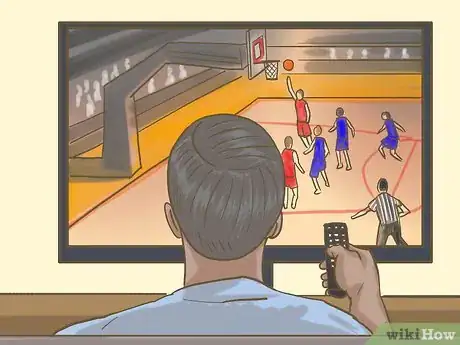
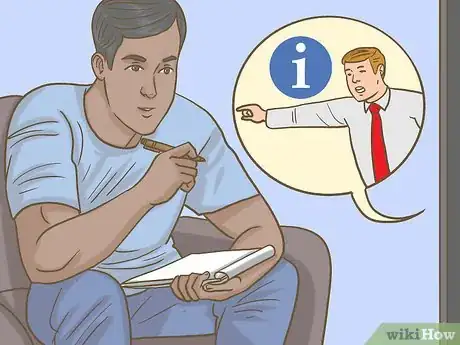
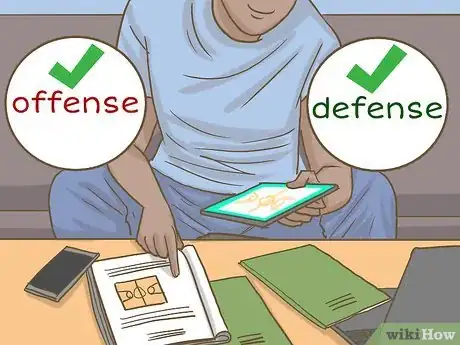
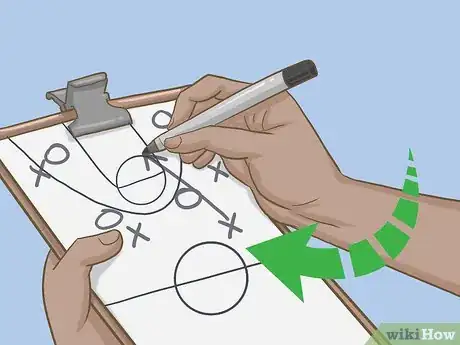
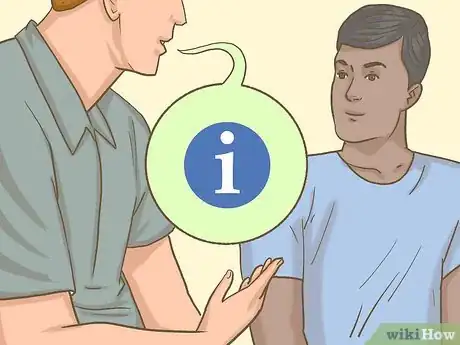
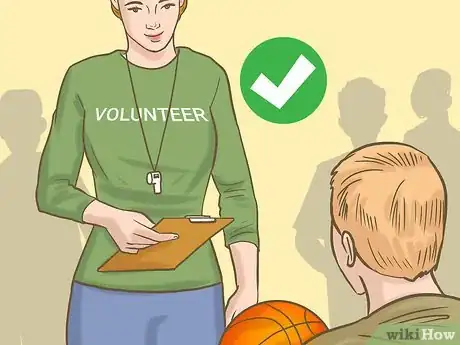
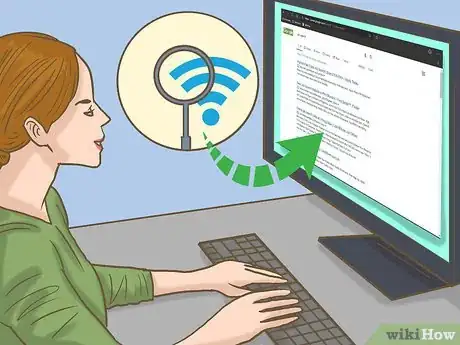




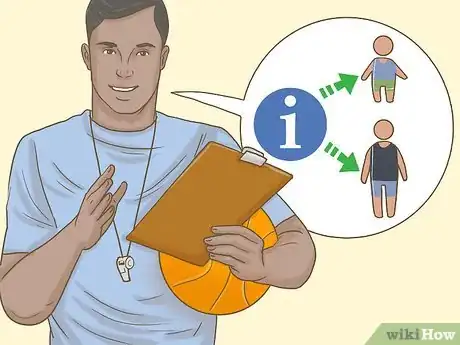


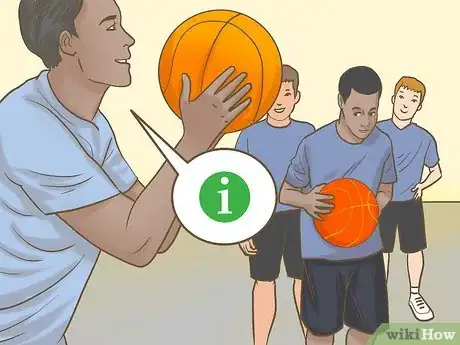
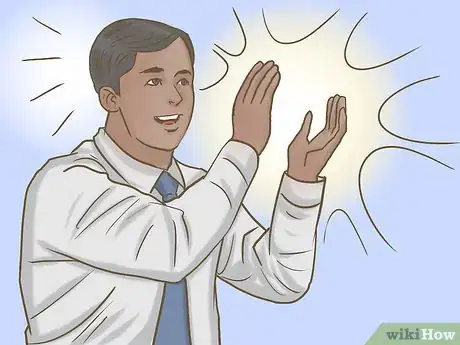

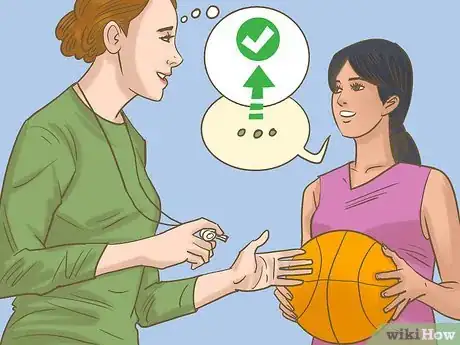
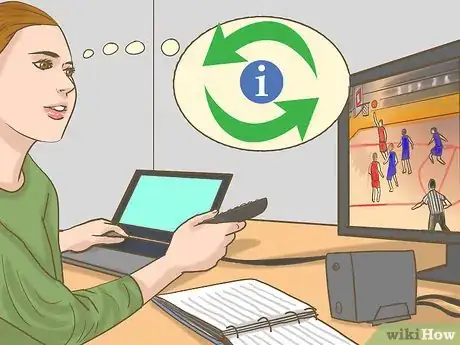
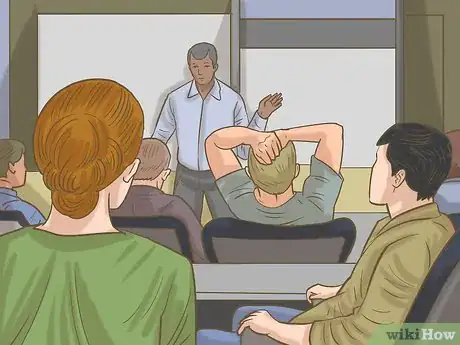
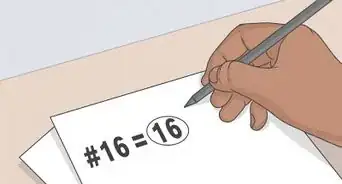
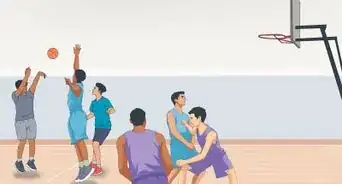
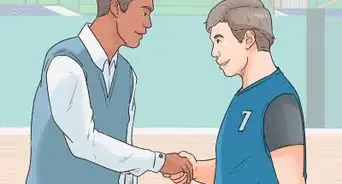
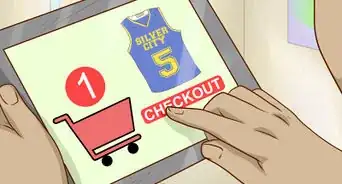

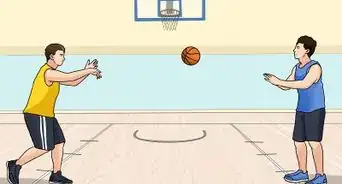
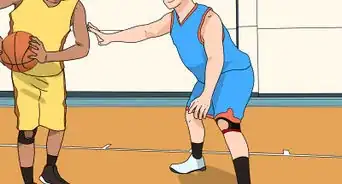
-Step-12.webp)
